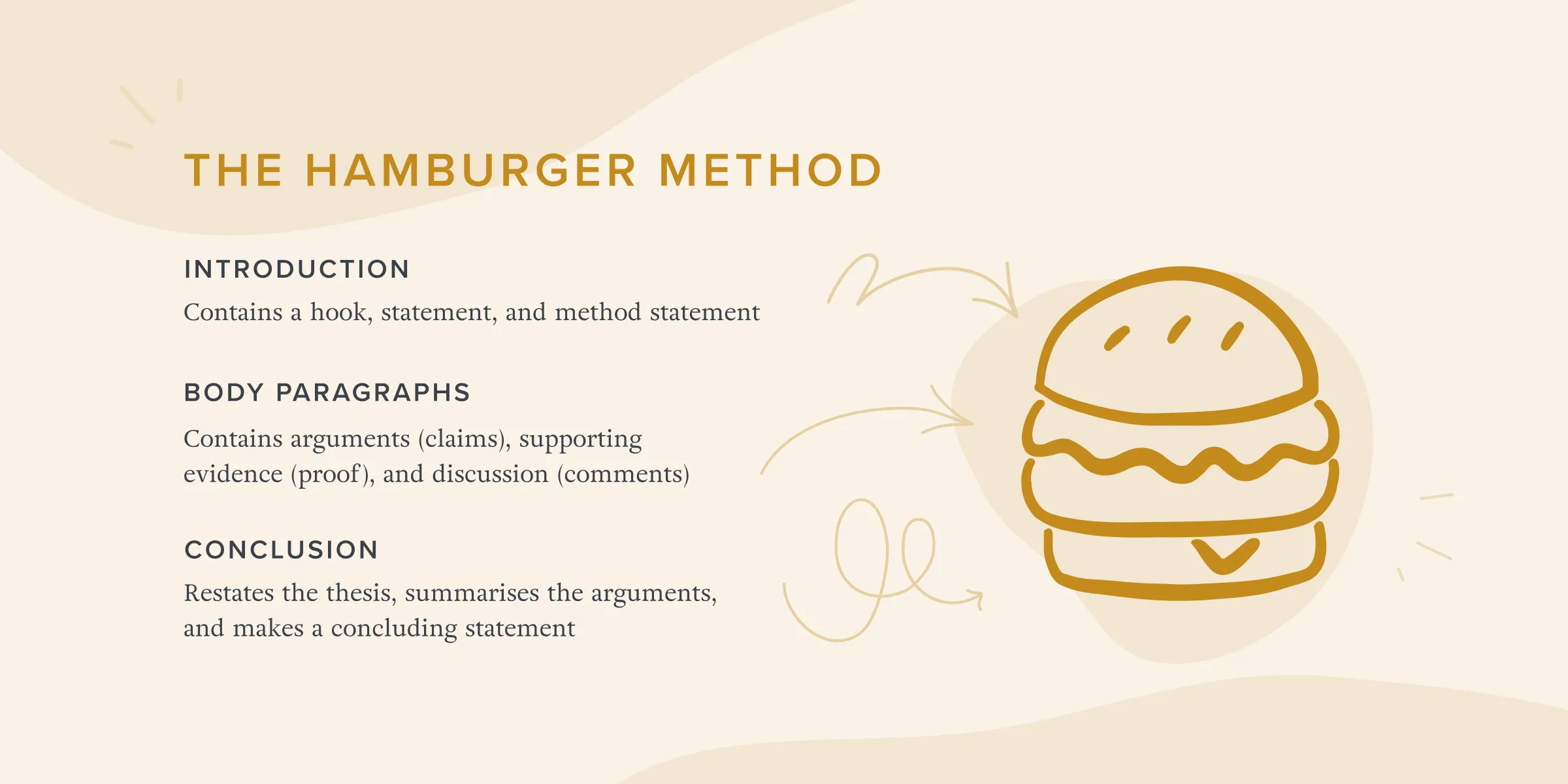This article is part of a series exploring great communication in business.
You’d think we’d all be pretty good at communicating by now; we spend up to 80% of our working day doing it and around half of our time on written communications alone. And yet, despite having so many opportunities to hone this vital skill, few of us have mastered it.
According to research conducted by Grammarly and The Harris Poll, 72% of business leaders think their teams struggle with communication, at a cost of over $1 trillion a year in wasted time, missed chances, crossed wires, and talking in circles. Not only does poor communication stifle individual performance, but it also makes it hard for leaders to tap into the collective skills, experience, and brainpower of their teams.
And poor communication isn’t just a rank-and-file issue; it limits the effectiveness of boards and leadership teams too. Board Intelligence research has found that less than a third of business leaders think their management reports are easy to read and make sense of, and that two-thirds of directors rate their board packs as “weak” or “poor”.
So why, with so many opportunities to hone this skill, do we find communicating with our bosses, teams, and peers so difficult?
The problem is that we learn bad communication habits from an early age. The wrong rules are drilled into us at school and reinforced at work in the mistaken belief that they’re best practice.
To combat our communication problem, we need to throw those old rules on the rubbish heap and replace them with some new ones that really work — starting with the “hamburger”.
What’s wrong with hamburgers?
One of the rules we follow blindly, even though it leads us down the wrong path, is the “hamburger” structure.

From the moment we start telling stories, we’re encouraged to set the scene first (the top half of the bun), develop the plot in the middle (the patty), and resolve the story at the end (the other half of the bun). Later, when we start to write essays, we’re told to lay out the context, then show our working, before delivering our conclusion.
When we enter the world of work, inspired by what we’ve learned at school, we use the same three-layered “hamburger” recipe in our written business communications — from emails and presentations through to the board and management reports that guide an organisation’s highest-level decisions.
But after spending thousands of hours chomping through documents structured this way, we’re clear on one thing: hamburgers might be tasty, but nobody wants to eat them every day.
Should you BLUF or BLAB?
In an age of information overload, you can’t afford to wait till the end of your report, presentation, email, or instant message to make your point. To grab your reader’s attention — and make sure you get their input where you need it most and where they can add most value — you need to land your key messages quickly and clearly.
In the military, where this can be a matter of life or death, they call it putting the Bottom Line Up Front (the BLUF). There’s little value in giving your commander a detailed report of the situation on the front line and waiting until page 40 to reveal that you’re under attack. You have to get the big idea across first.
The same principle holds true in business writing. Holding back vital information for the conclusion — putting the Bottom Line At the Bottom (the BLAB) — only makes sense if the reader is going to stay with you long enough to get that far. And, even if your colleagues do reach the end of your report, there’s no guarantee they’ll come away with the key points that you intended. It’s easy to get lost or distracted along the way.
Leading with the BLUF is how you help them to find signal in the noise, stay the course, and reach the right destination.
And it doesn’t mean that your writing will be dull or dry — quite the opposite. When you look more closely at literature’s great stories, they tend not to follow a strict “hamburger” structure at all. We all know that the superhero will make it out alive, and Romeo and Juliet will not. Knowing this doesn’t make the story less enjoyable; it heightens the suspense. As Hitchcock said, “There is no terror in the bang, only in the anticipation of it.” It’s only if you know what’s going to happen that you’ll be on the edge of your seat wondering how the storyteller will get you there.
How do you write a good executive summary?
In practice, leading with the BLUF means starting your report, email, or presentation with a good executive summary that puts your big ideas front and centre.
We’ve read plenty of attempts at executive summaries that misfire. Sometimes, the key points lead the audience in the wrong direction and don’t reflect what the report is really saying. At other times, the summary goes into too much detail and the takeaways get lost, like needles in a haystack. So how do you do it well?
Here are our three top tips:
Tip 1: start with the right questions
So, spell out the questions that matter most, given the topic at hand and the discussion you need to have about it, and share the “in a nutshell” answer to each of them in turn. Treat those answers like an elevator pitch to a bored teenager; if you only had a few seconds to explain what you think and why they should care before they put their earphones back in, what would you say?
If you’ve developed QDI plays, they are often a good place to start. Built on the Question-Driven Insight Principle, our methodology for high-quality thinking and writing, these are sets of questions packaged up into pre-loaded frameworks for routine interactions, like performance reports and business cases, which help teams to identify the questions that matter.
Tip 2: make an ask of your audience
Every report you write is an opportunity to tap into others’ knowledge and experience. So don’t waste it; get value back by making a clear ask of your audience.
The executive summary is the best place to do this, because you have your reader’s full attention and the ability to focus it. Can they give you support, resources, or ideas? Do they have any contacts who could help to implement your plan? By putting your question up front, in your executive summary, you make sure it’s at the front of their mind as they read your report, which means they’re much more likely to be able to answer it when they get to the end.
Tip 3: share your workings (but only after you’ve shared the takeaways)
The questions you used to structure the executive summary also perform another service: they provide the scaffolding for the rest of your report, acting as the load-bearing structure on which you hang everything else you want to say.
By unpacking each of those key questions layer by layer, you show what your conclusion is based on and how you got there — showcasing the rigorous thinking that’s gone into them and, in turn, building the audience’s confidence in you.
How to use technology to scale this approach
You can’t, and shouldn’t, police every email, management report, or presentation for the presence and quality of its executive summary. But you can use technology to make it easier for your report writers to produce great executive summaries every time — without you having to hover over their shoulders wielding a red pen.
Our AI-powered report writing tool Report Writer has been designed to do just that. It analyses your reference materials — whether management reports or rough notes — identifies key insights, selects the best structure (or QDI play), and generates a first draft in minutes. As you refine your paper, it provides real-time feedback on what's working, what's missing, and what needs attention. It's like having one of our consultants at your side.
Using purpose-built technology to do this means that you don’t have to, giving you valuable time back. Crucially, it also means it’s more likely to become a habit that lasts. With gentle and repeated encouragement from Report Writer, putting the Bottom Line Up Front becomes everyone’s default. And you’ll no longer need to grin and bear it when someone orders hamburgers; you can send them straight back to the kitchen and order something you know will satisfy everyone around the table.
With Report Writer, you can go from blank page to ready-to-share paper in a blink, with the help of AI built on 20 years of report writing expertise.
See report writer


